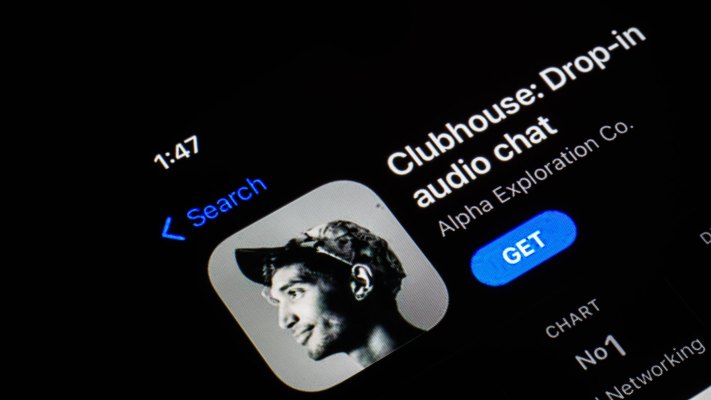Social Media
Clubhouse launches payments so creators can make money

Clubhouse, a one-year-old social audio app reportedly valued at $1 billion, will now allow users to send money to their favorite creators — or speakers — on the platform. In a blog post, the startup announced the new monetization feature, Clubhouse Payments, as the “the first of many features that allow creators to get paid directly on Clubhouse.”
Clubhouse declined to comment. Paul Davison, the co-founder of Clubhouse, mentioned in the company’s latest town hall that the startup wants to focus on direct monetization on creators, instead of advertisements.
Here’s how it will work: A user can send a payment in Clubhouse by going to the profile of the creator to whom they want to give money. If the creator has the feature enabled, the user will be able to tap “Send Money” and enter an amount. It’s like a virtual tip jar, or a Clubhouse-branded version of Venmo (although the payments feature doesn’t currently let the user send a personalized message along with the money).
“100% of the payment will go to the creator. The person sending the money will also be charged a small card processing fee, which will go directly to our payment processing partner, Stripe,” the post reads. “Clubhouse will take nothing.”
Stripe CEO Patrick Collison tweeted shortly after the blog post went up that “It’s cool to see a new social platform focus first on participant income rather than internalized monetization / advertising.”
When the startup raised a Series B led by Andreessen Horowitz in January, part of the reported $100 million funding was said to go to a creator grant program. The program would be used to “support emerging Clubhouse creators,” according to a blog post. It’s unclear how they define emerging, but cultivating influencers (and rewarding them with money) is one way the startup is promoting high-quality content on its platform.
The synergies here are obvious. A Clubhouse creator can now get tips for a great show, or raise money for a great cause, while also being rewarded by the platform itself for being a recurring host.
The fact that Clubhouse’s first attempt at monetization includes no percentage cut of its own is certainly noteworthy. Monetization, or Clubhouse’s lack thereof, has been a topic of discussion about the buzzy startup since it took off in the early pandemic months. While it currently relies on venture capital to keep the wheels churning, it will need to make money eventually in order to be a self-sustaining business.
Creator monetization, with a cut for the platform, has led to the growth of large businesses. Cameo, a startup that sends personalized messages from creators and celebrities, takes about a 25% cut of each video sold on its platform. The startup reached unicorn status last week with a $100 million raise. OnlyFans, another platform that helps creators directly raise money from fans in exchange for paywalled contact, is projecting $1 billion in revenue for 2021.
Clubhouse’s payments feature will first be tested by a “small test group” starting today, but it is unclear who is in this group. Eventually, the payments feature will be rolled out to other users in waves.
-

 Entertainment6 days ago
Entertainment6 days agoEarth’s mini moon could be a chunk of the big moon, scientists say
-

 Entertainment6 days ago
Entertainment6 days agoThe space station is leaking. Why it hasn’t imperiled the mission.
-

 Entertainment5 days ago
Entertainment5 days ago‘Dune: Prophecy’ review: The Bene Gesserit shine in this sci-fi showstopper
-

 Entertainment5 days ago
Entertainment5 days agoBlack Friday 2024: The greatest early deals in Australia – live now
-

 Entertainment4 days ago
Entertainment4 days agoHow to watch ‘Smile 2’ at home: When is it streaming?
-

 Entertainment3 days ago
Entertainment3 days ago‘Wicked’ review: Ariana Grande and Cynthia Erivo aspire to movie musical magic
-

 Entertainment2 days ago
Entertainment2 days agoA24 is selling chocolate now. But what would their films actually taste like?
-

 Entertainment3 days ago
Entertainment3 days agoNew teen video-viewing guidelines: What you should know















